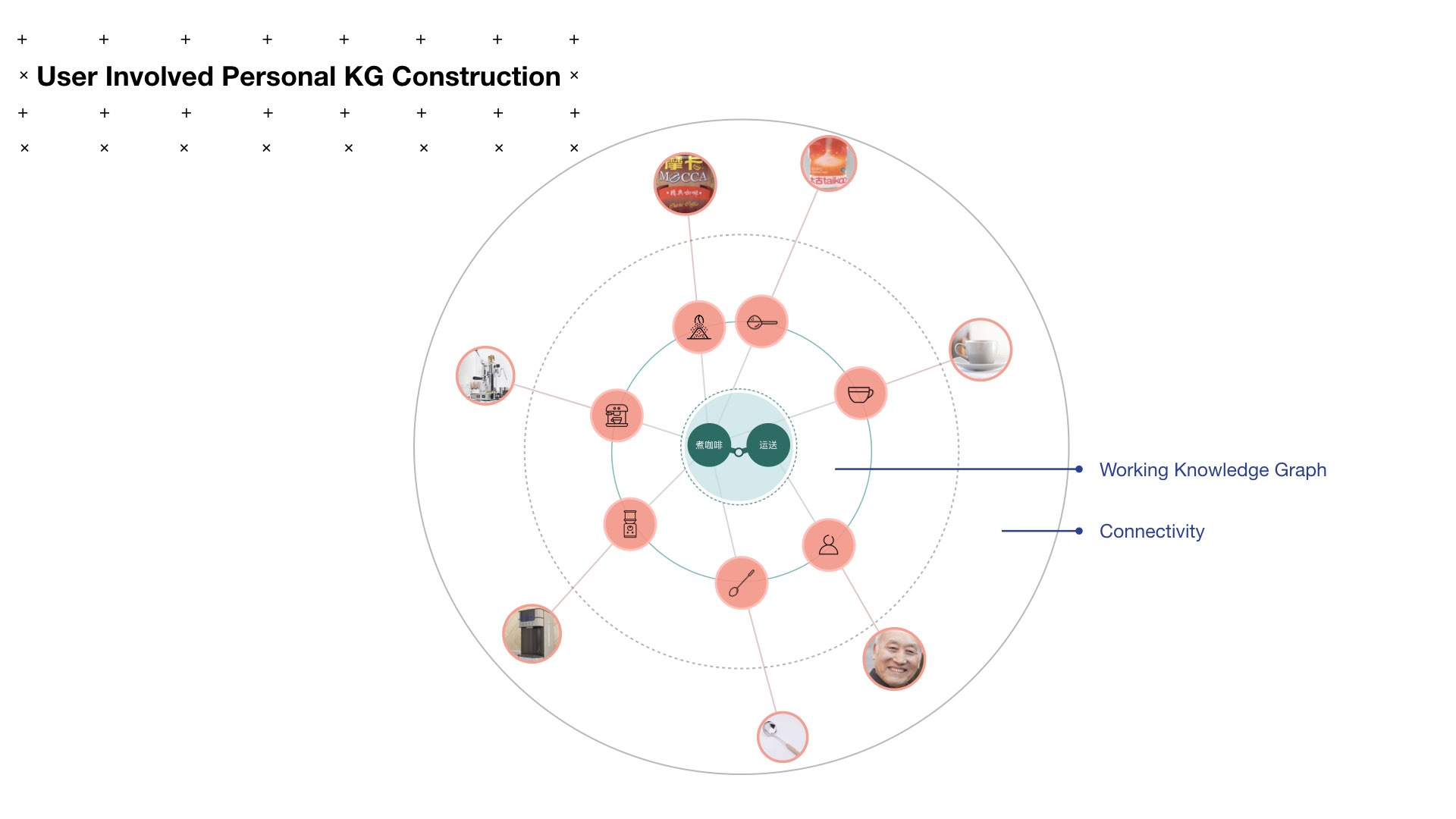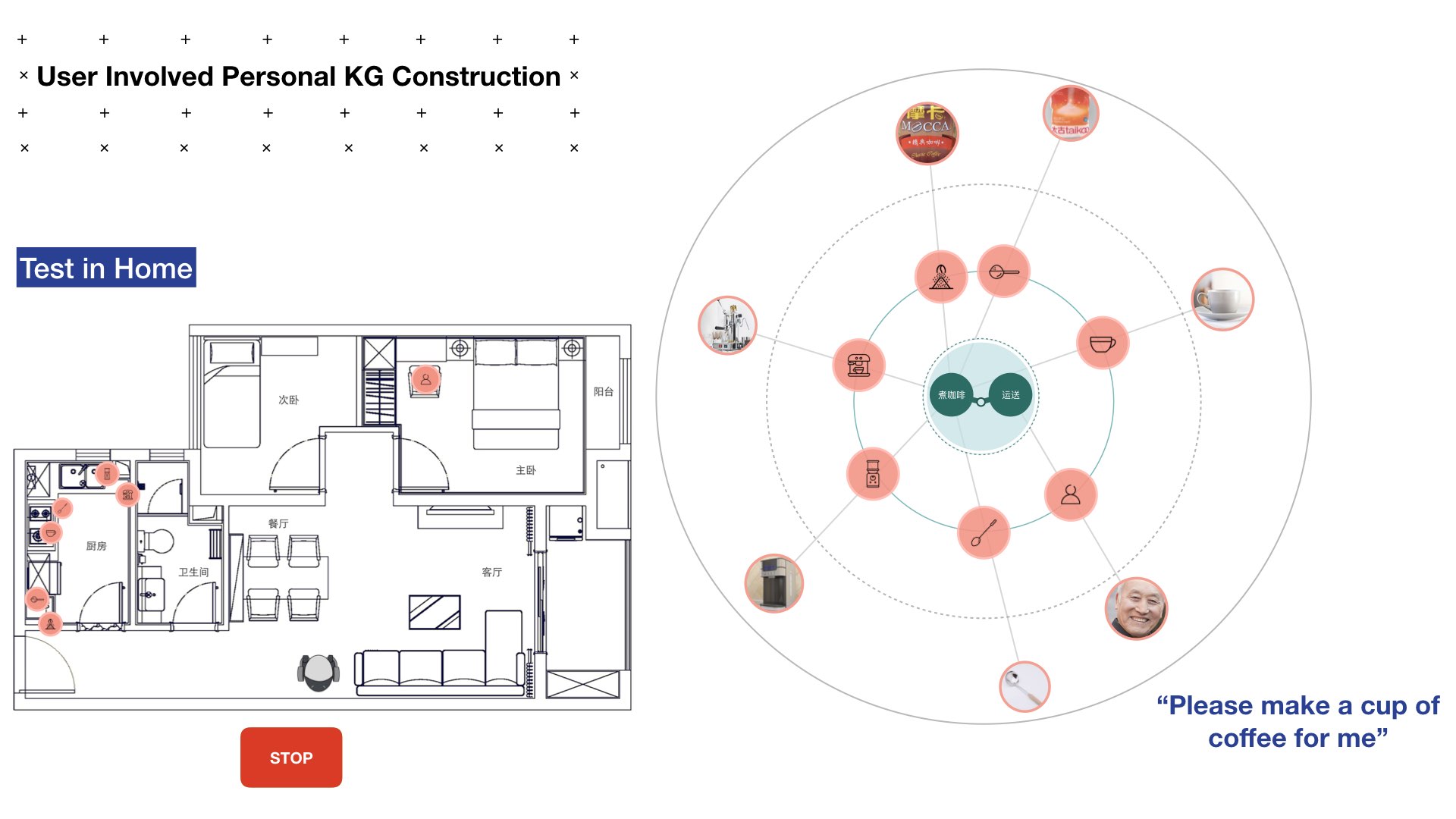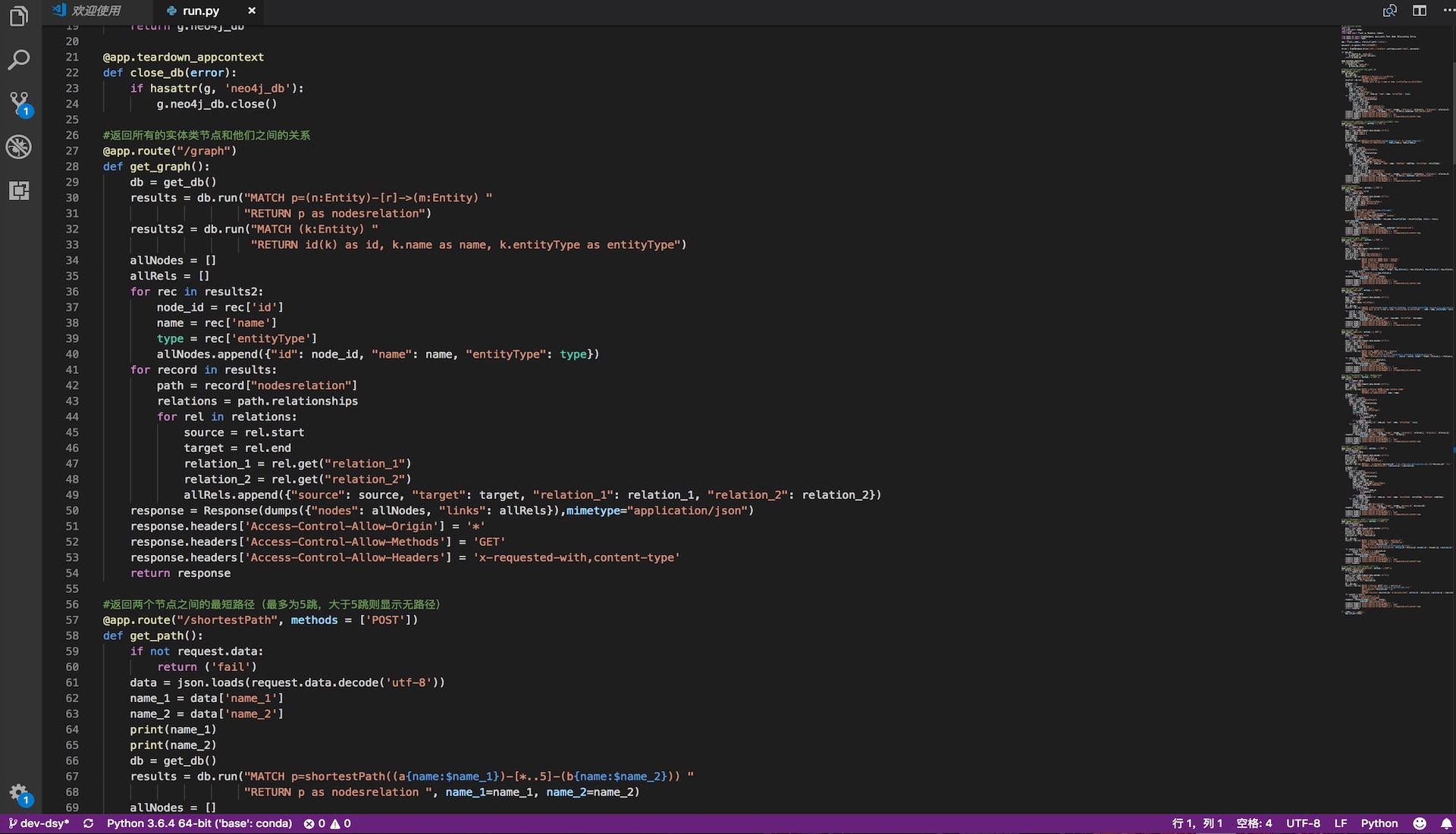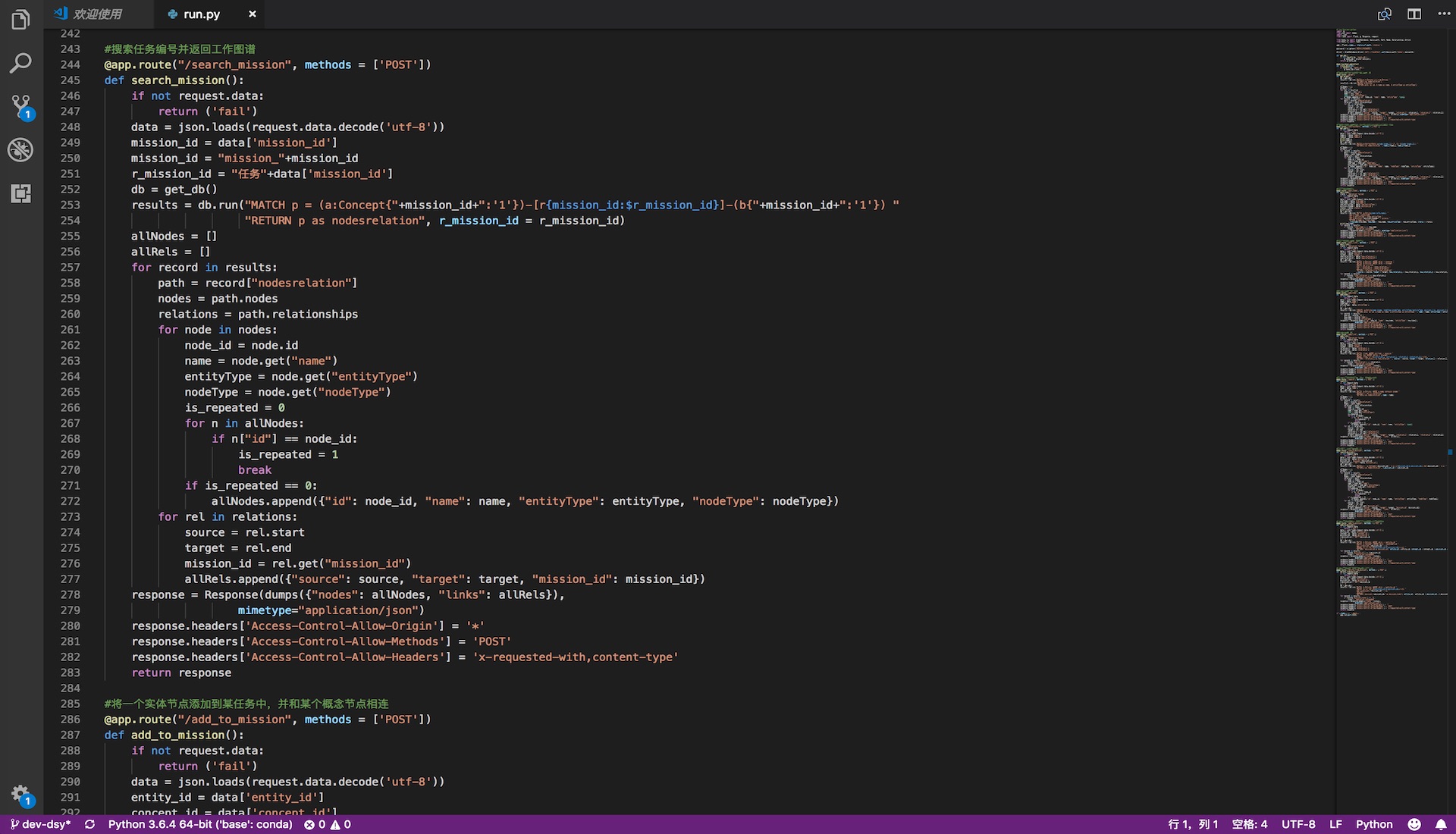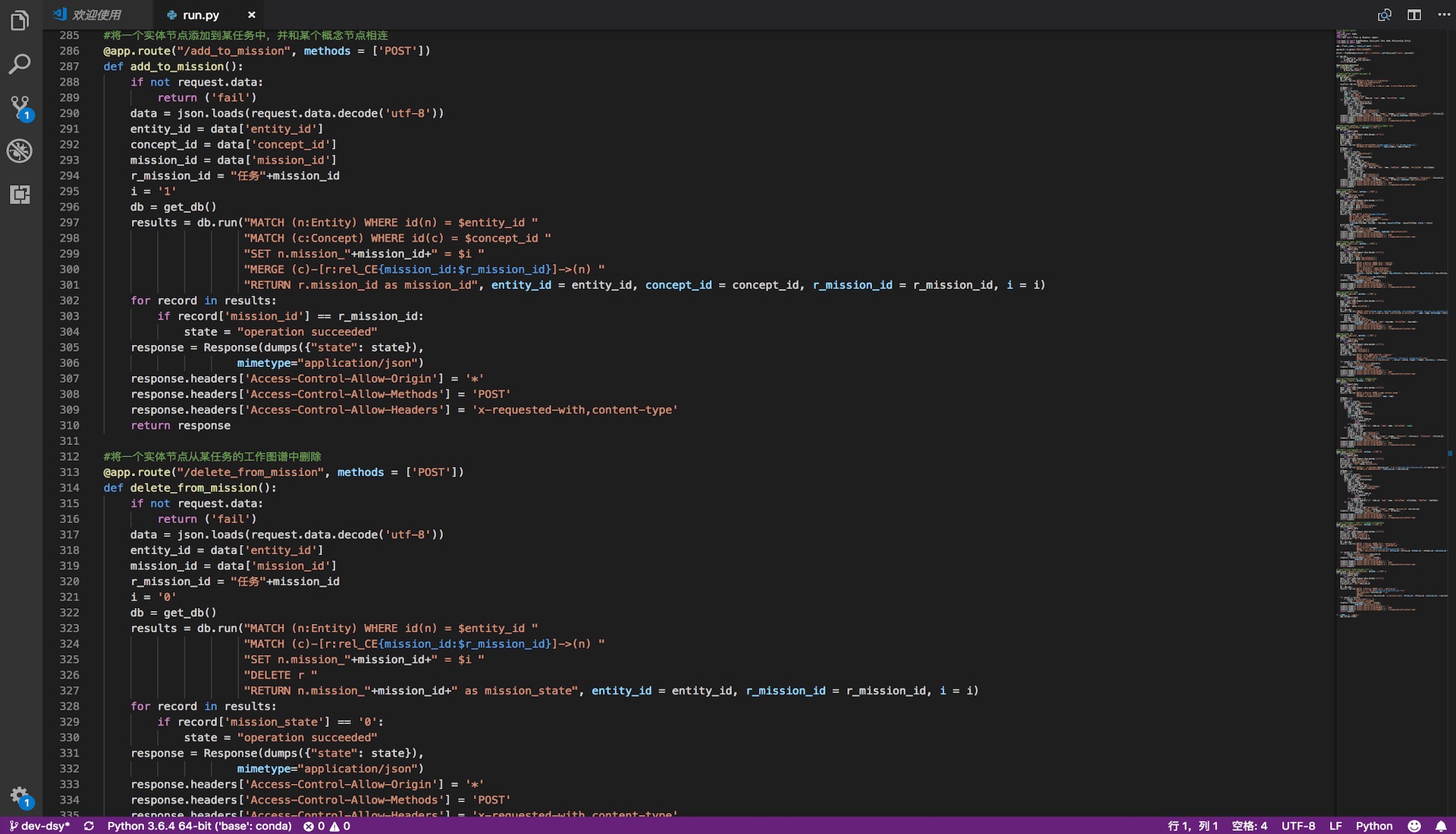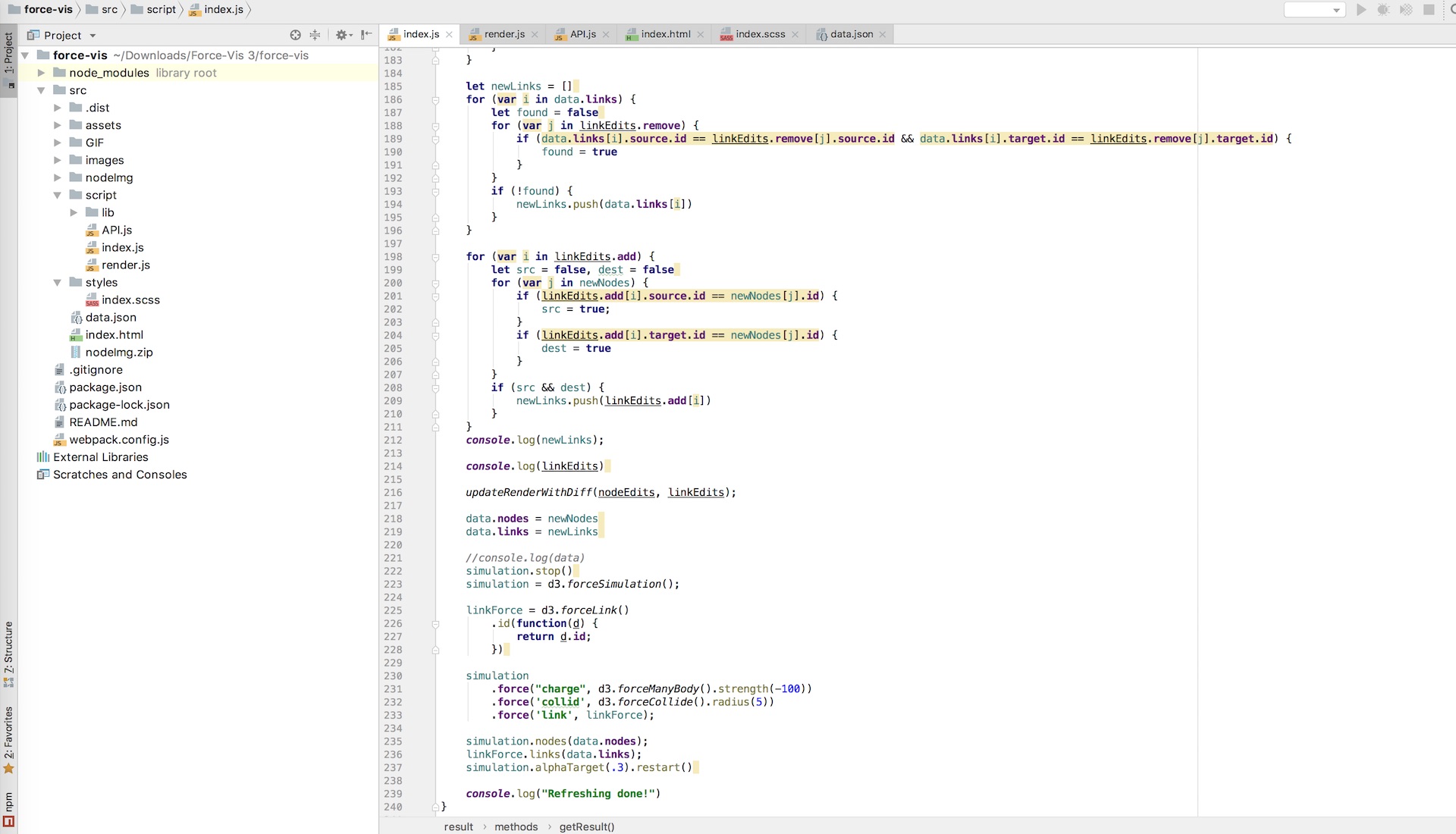My Development Experience in Knowledge Graph
Before involved in this project, I had already get in touch with the concept of knowledge graph, and developed 2 small web applications using KG. In these 2 projects, I used Neo4j[1]--a graph database management system, which is the currently most popular graph database according to DB-Engines Ranking[2]. Before importing the data into Neo4j, I used ETL to pre-process the source data, decreased the data size form 16 million to 14 million by deleting the useless bidirectional relationships. In the back-end, I used Neo4j Driver and Spring MVC[3] framework to access the database and provide the APIs for front-end. In the front-end part, I used Vue CLI[4] framework, Bootstrap[5], Element UI[6], and used JavaScript library like d3.js[7] and Three.js[8] to visualize the knowledge graph.


